If you’re lucky enough to have the opportunity to design a specialist productive workspace, whether it’s a home office, studio, or workshop, there are some things you’ll want to take into account before you get started. You’ll want to ensure that your work or business can thrive in this environment, so you’ll need to approach it in the right way.
In this blog post, we’ll run through the five key considerations that will help you in creating a productive workspace for your needs.
Table of Contents
What Is a Physical Workspace for Specialists?
A physical workspace caters to specialists’ needs for focused, productive environments. It’s a dedicated area designed for deep work, free from distractions.
These productive workspaces often include ergonomic furniture, noise-canceling features, and ample desk space to spread out materials. Many also offer private offices or quiet zones for confidential tasks, a perfect spot to build and maintain new habits.
The goal is to provide an atmosphere that facilitates concentration and efficiency for specialized roles.
1. What Type of Work Will You be Doing?
This is the first and most important question you need to answer. The type of work you’ll be doing will dictate the kind of productive workspace you need.
For example, if you’re going to be doing a lot of experiments, you’ll need a lab design with someone like LOC Scientific and plenty of room for your equipment and materials. Remember that design affects productivity.
On the other hand, if you’re setting up a home office, you won’t need as much space and ventilation might not be as big of a concern for a productive workspace.
2. Who Else Will be Using the Productive Workspace?
This is especially important if you’re designing a shared workspace. Will it just be for you or will other people be using it too?
If other people will be using it, make sure to take their needs into account when designing the space.
For example, if you’re sharing an office with someone else, you’ll need to have enough desk space for both of you and make sure there’s enough storage for both of your belongings.
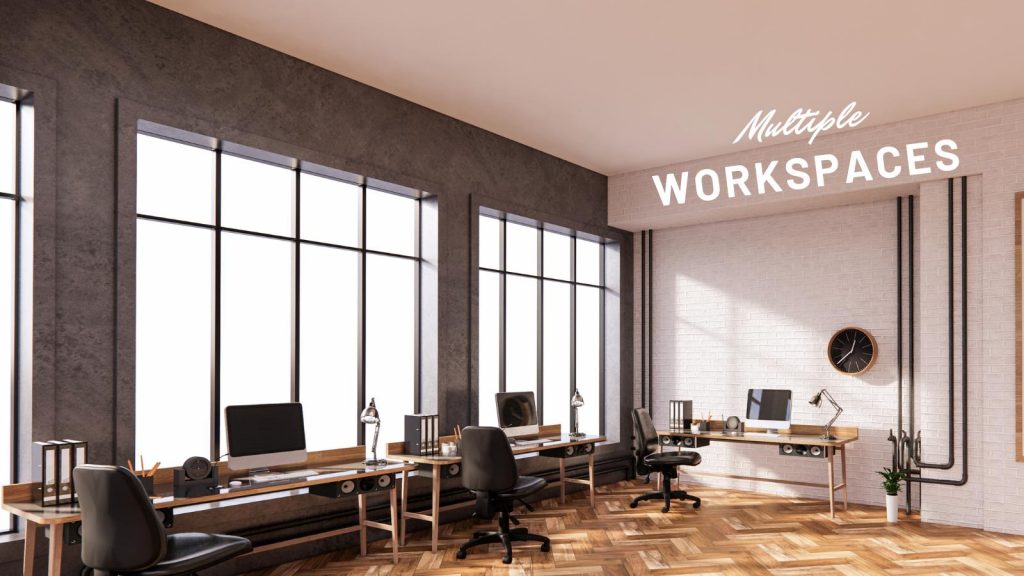
3. How Much Natural Light Does the Workspace Get?
Natural light is important for two reasons. First, it can help improve your mood and make it easier to focus on your work. Second, it can save you money on energy bills by reducing your dependence on artificial lighting.
If possible, try to design your productive workspace in a room that gets plenty of natural light during the day.
4. What Kind of Furniture and Equipment Do You Need?
Again, this will depend on the type of work you’ll be doing. If you’re setting up a home office, you’ll probably just need a desk and chair along with some basic office supplies like a printer and computer.
However, if you’re setting up a workshop or studio, you might need more specialized furniture and equipment like shelves and cabinets for storing materials or tools or a sink for washing paintbrushes.
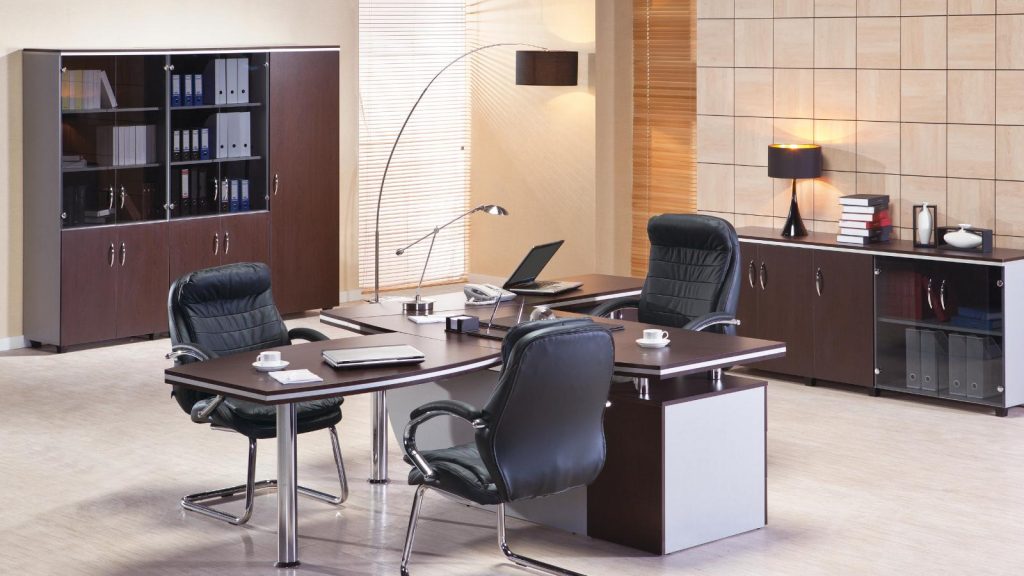
Ergonomic chairs and standing desks top the list. An adjustable chair supports your back and promotes good posture, reducing fatigue and discomfort.
Standing desks let you alternate between sitting and standing, boosting energy and focus. Minimalist desks with ample space foster a clutter-free environment, helping you stay organized and focused.
Quality lighting is key too – natural light or bright, adjustable lamps prevent eye strain and headaches. Ultimately, furniture that prioritizes comfort, mobility, and organization will boost your productivity.
5. What Kind of Budget Do You Have For Your Productive Workspace?
Designing a productive workspace can be expensive depending on the size and scope of the project. Make sure to set aside enough money to cover all the costs associated with furnishing and outfitting your new productive workspace.
However, consider buying used furniture and equipment too.
In addition, if you’re planning on making any changes to the room itself like adding extra outlets or painting walls, factor those costs into your budget as well. (Paint is expensive these days!)
Lisa, Small Biz Tipster
Your Turn: The Perfect Productive Workspace
There’s a lot to think about before designing a specialist productive workspace but by taking these five considerations into account, you’ll be well on your way to creating the perfect space for your needs.
With careful planning and execution, your new workspace will soon become your favorite place to work in a productive work environment.
What do you have in your productive workspace for your speciality work? I’d love to hear about it in the comment section below.
Specialist Productive Workspace; Tips For Designing It Right Share on XFAQ’s Productive Workspace Design
1. What should I prioritize to create a productive workspace?
Focus on comfort and functionality. Choose ergonomic furniture, ensure good lighting, and keep your workspace organized.
2. How can I optimize lighting in my workspace?
Use a mix of natural light and artificial lighting. Position your desk near a window if possible and add a desk lamp to reduce eye strain.
3. What’s the best way to minimize distractions?
Set up your workspace in a quiet area. Use noise-canceling headphones if noise is an issue. Keep personal items and clutter out of sight.
4. How can I make my workspace more ergonomic?
Invest in an adjustable chair and desk. Make sure your monitor is at eye level and your wrists are straight when typing.
5. What are some tips for personalizing my workspace without compromising productivity?
Add a few personal touches like photos or plants. Keep it minimal to avoid clutter. Personal items should inspire, not distract.
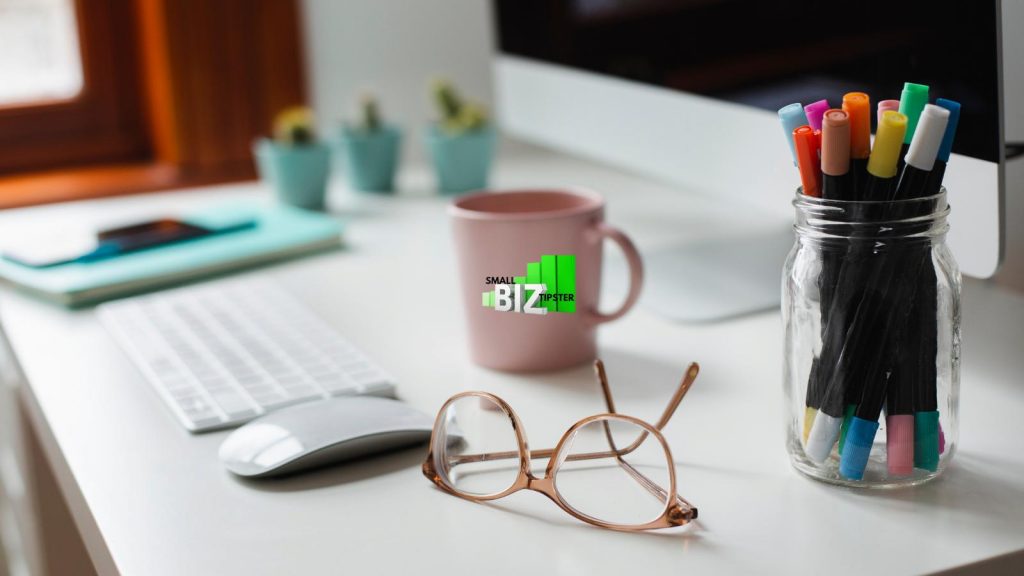

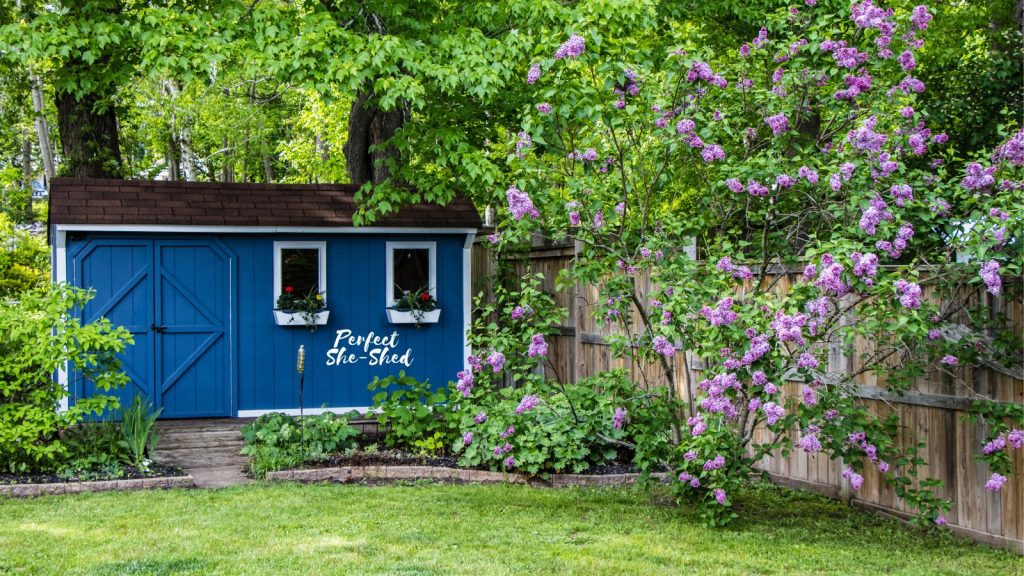
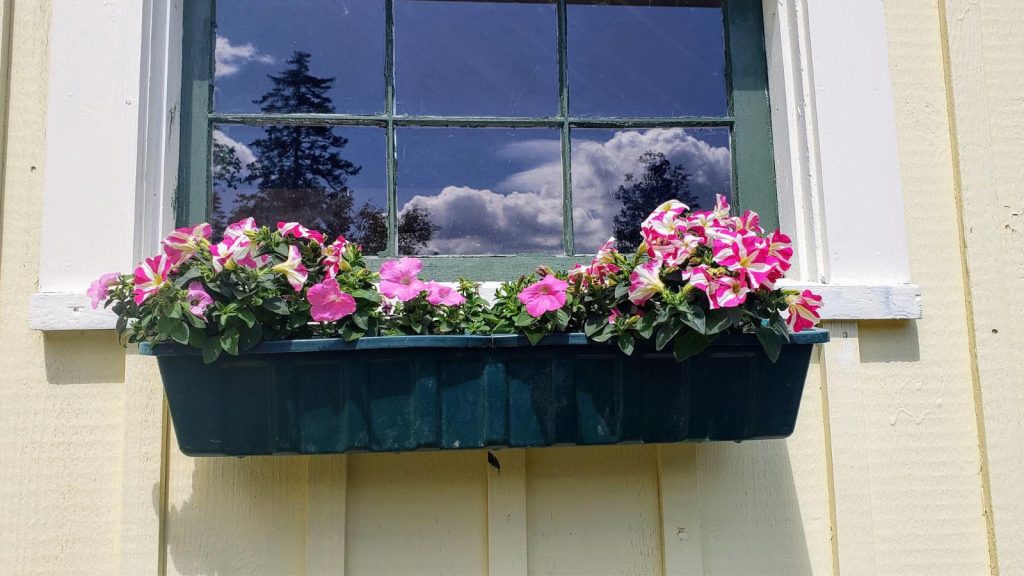

The light note is important Lisa. Natural light helps lift the mood of your working space. I cherish house sits with ample natural light. Now in Virginia we are on the top of a hill in a McMansion with gigantic windows. Wherever I work I get natural light well until 5 PM with the recent daylight savings.
Ryan
Yes, I love the natural light as well. A little story: A few weeks ago I was using an LED when I work early am. I could not see and had to go to ER, apparently, I fried my eye on the light! It didn’t last long, thank goodness, and a few days of less computer usage helped me as well. I wear thick glasses without contacts and the light hit the glasses just right to fry my eye. So I definitely see the value of natural lighting these days! Thanks for coming by on this one Ryan.